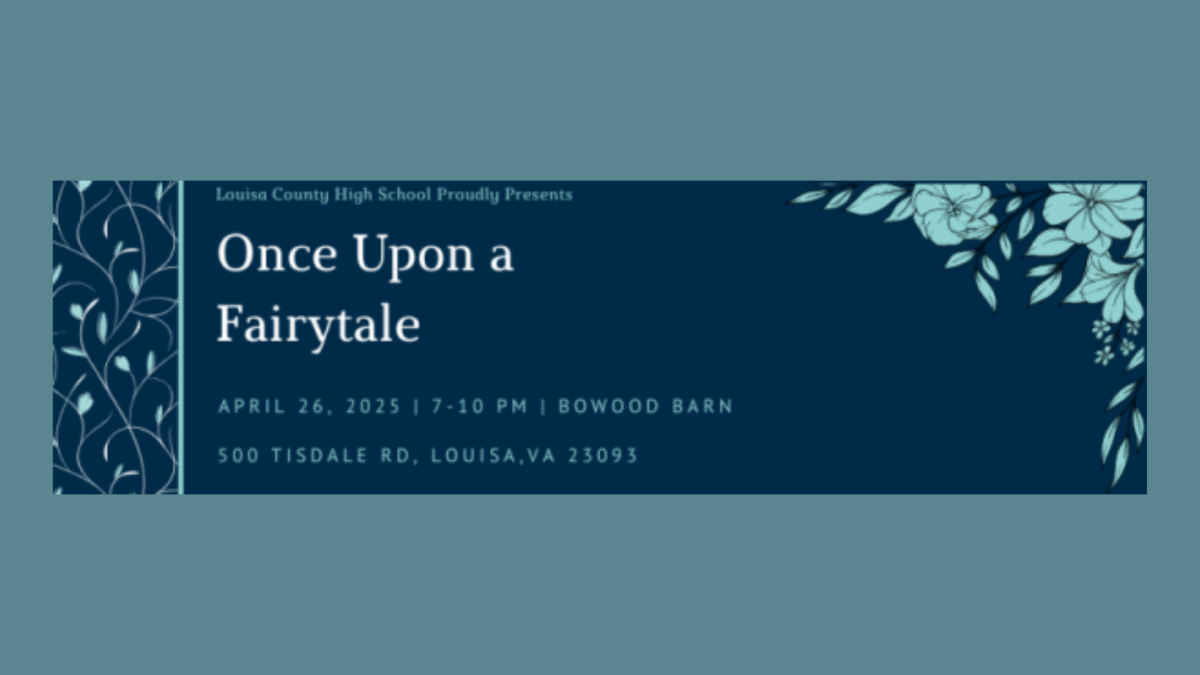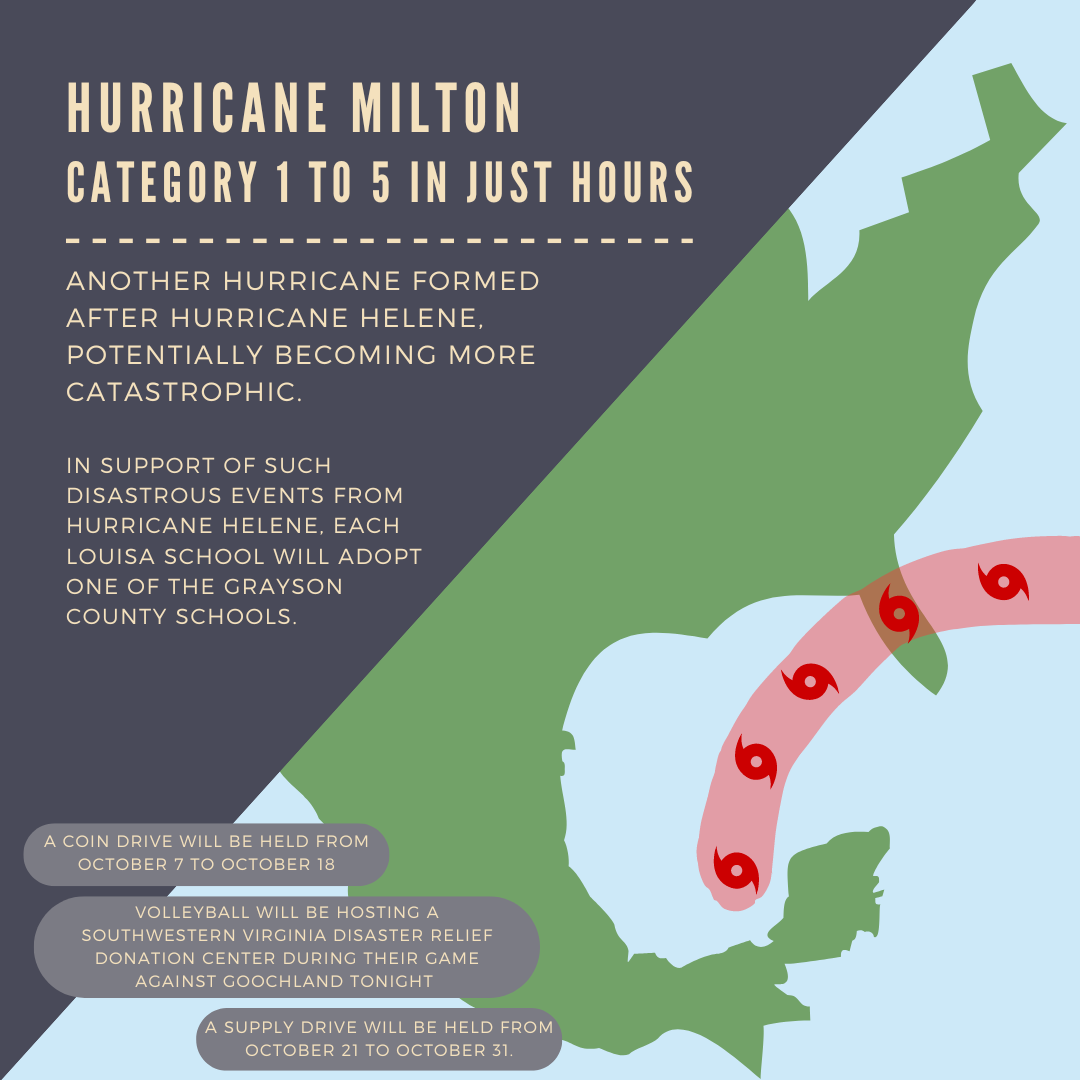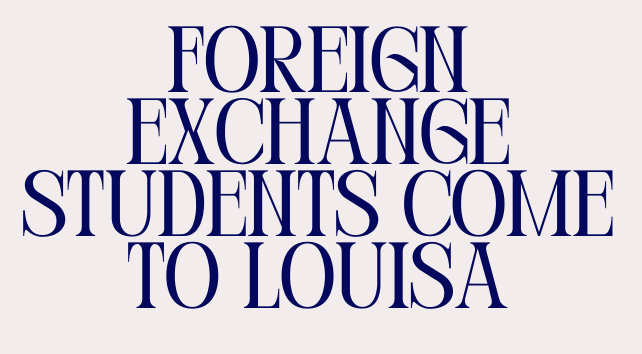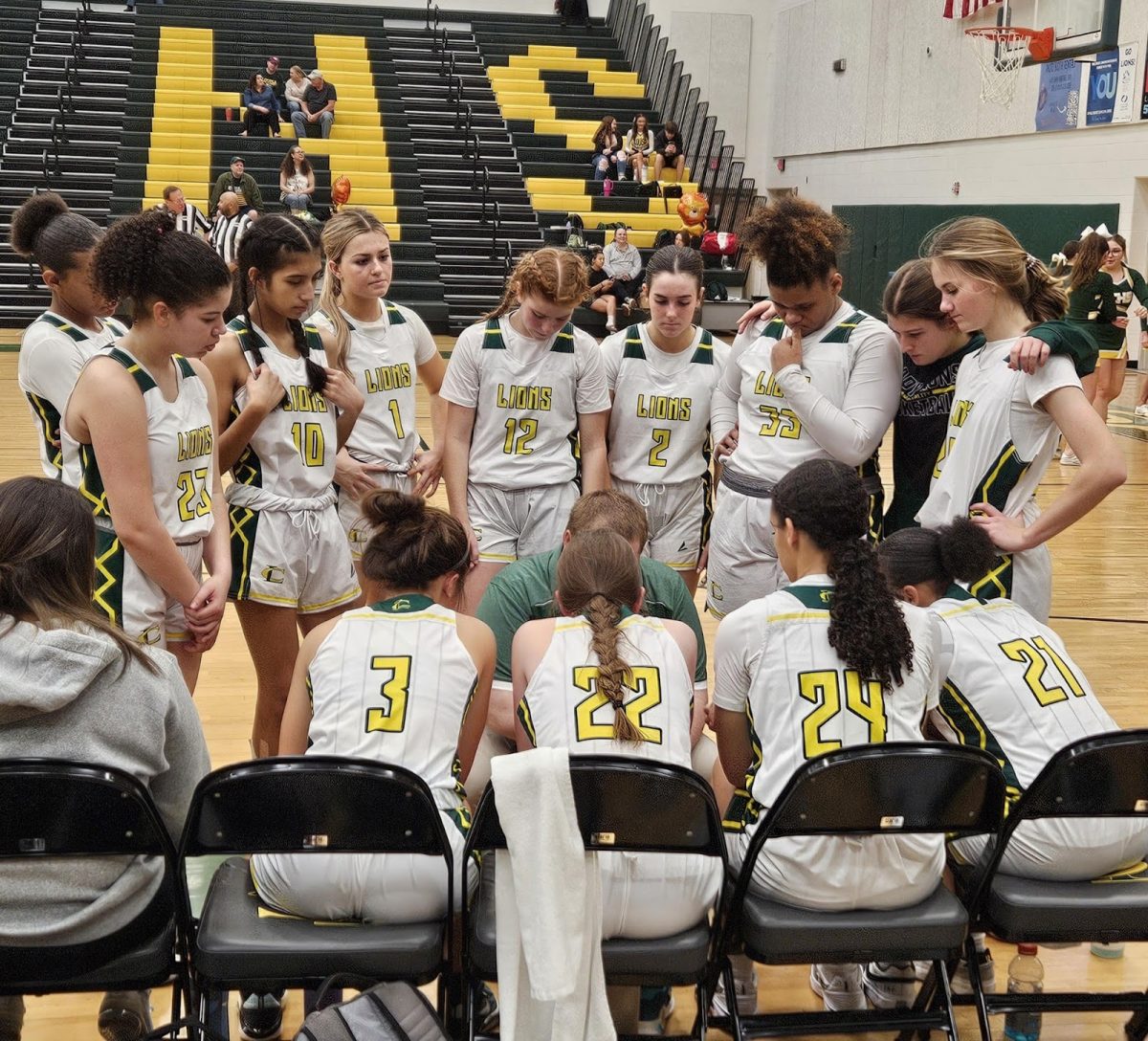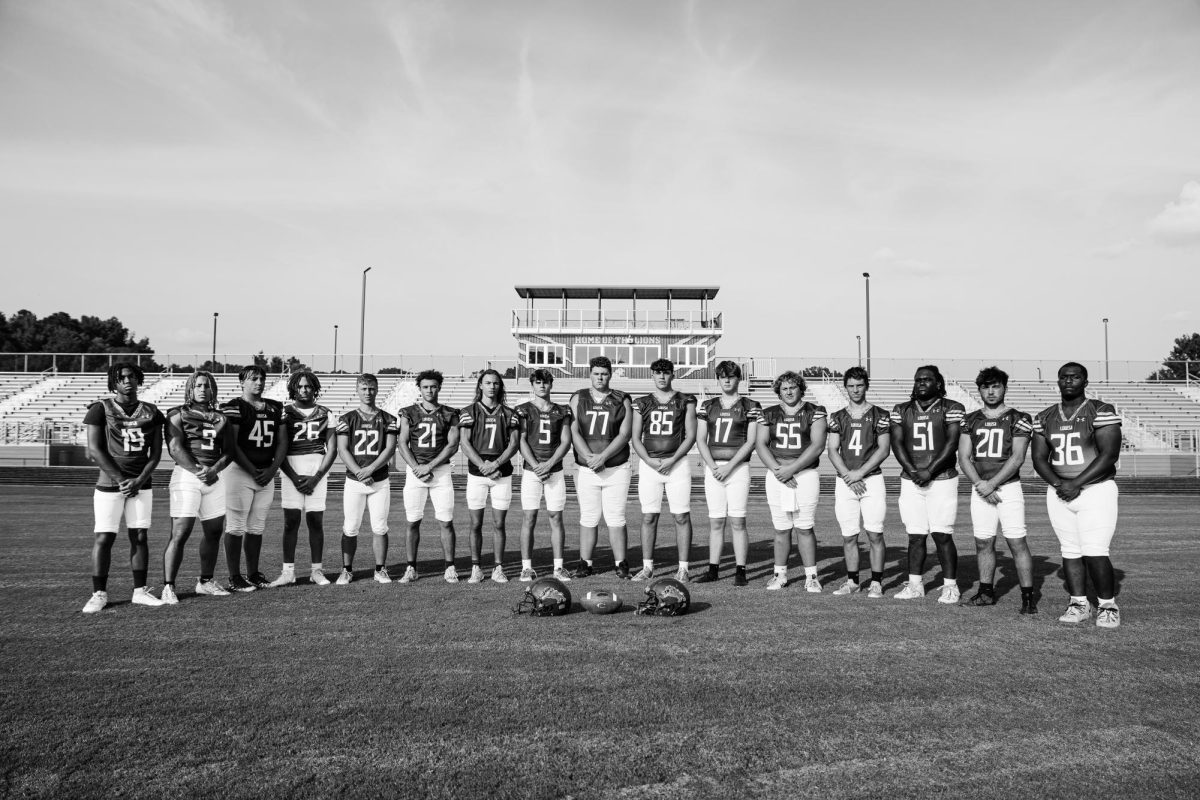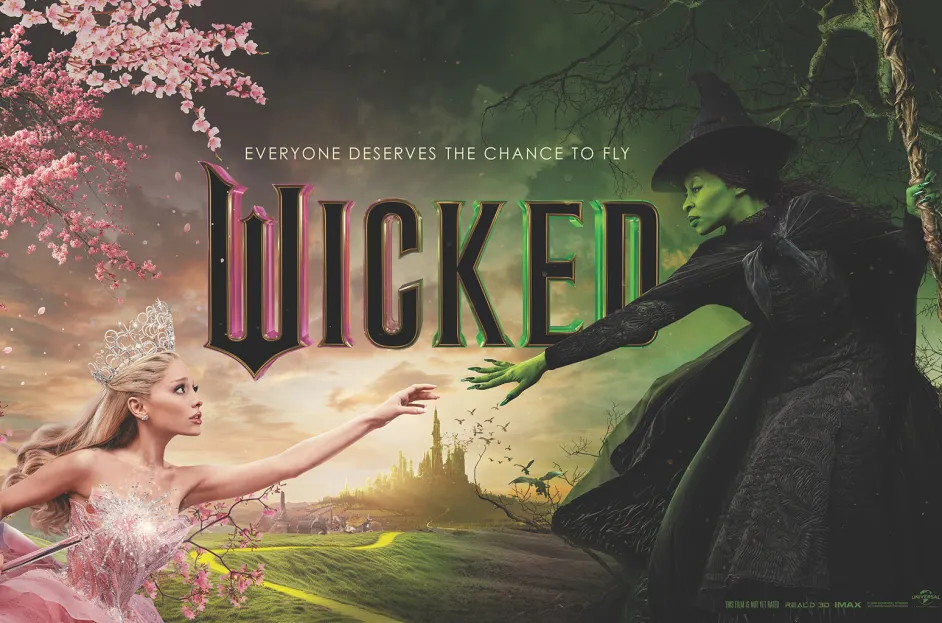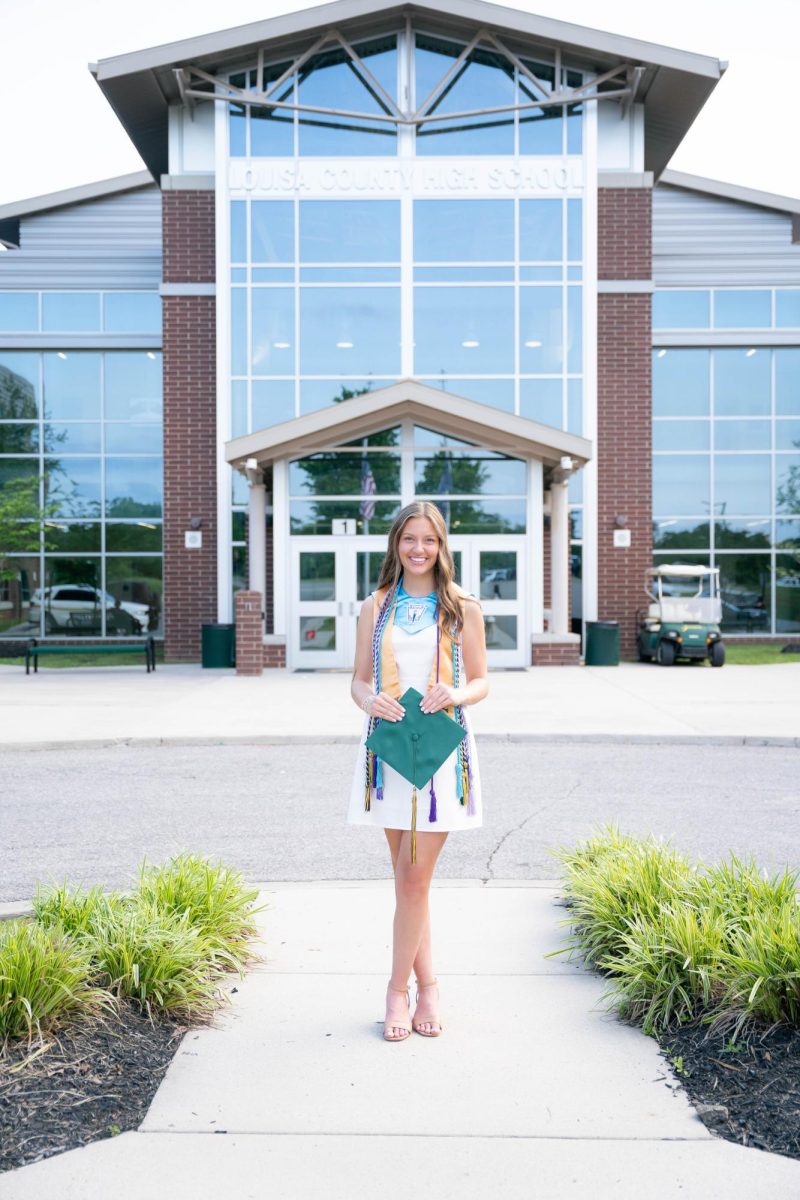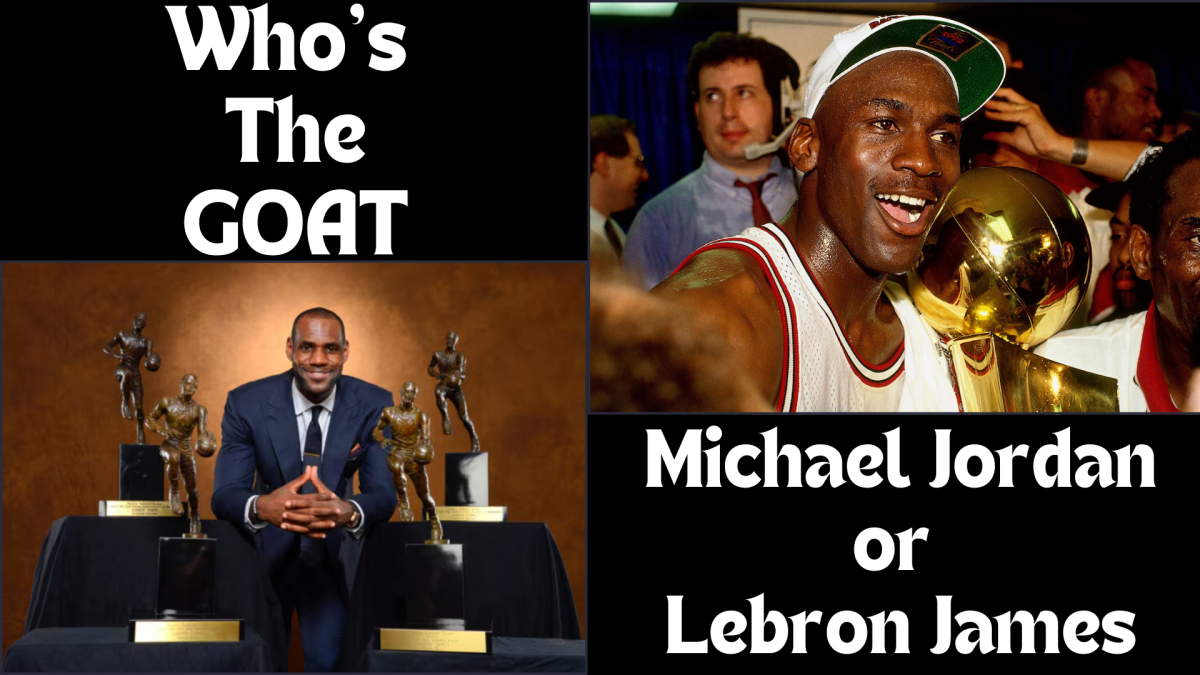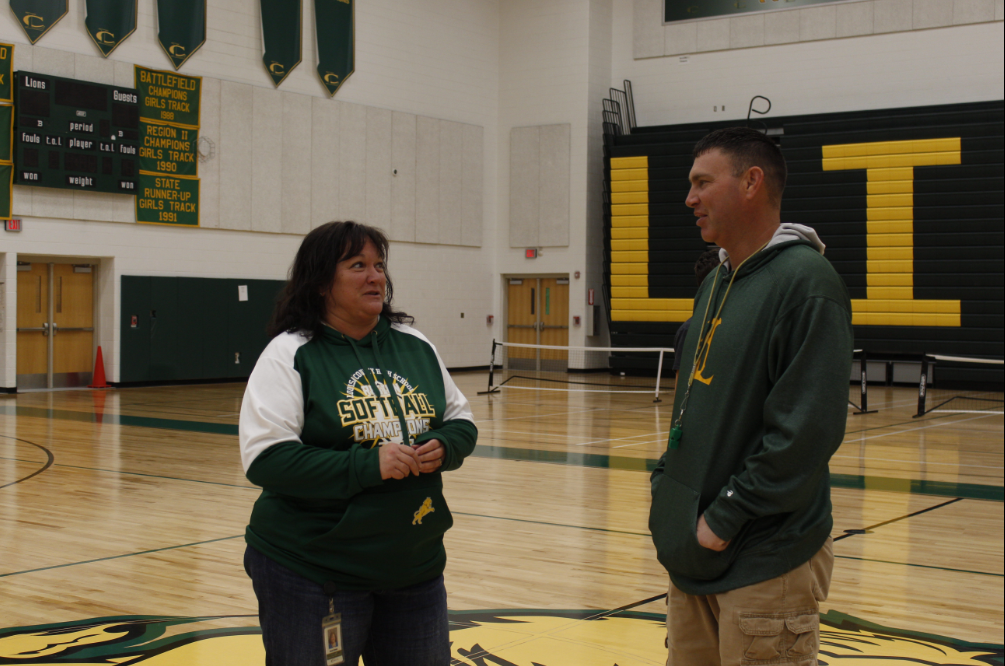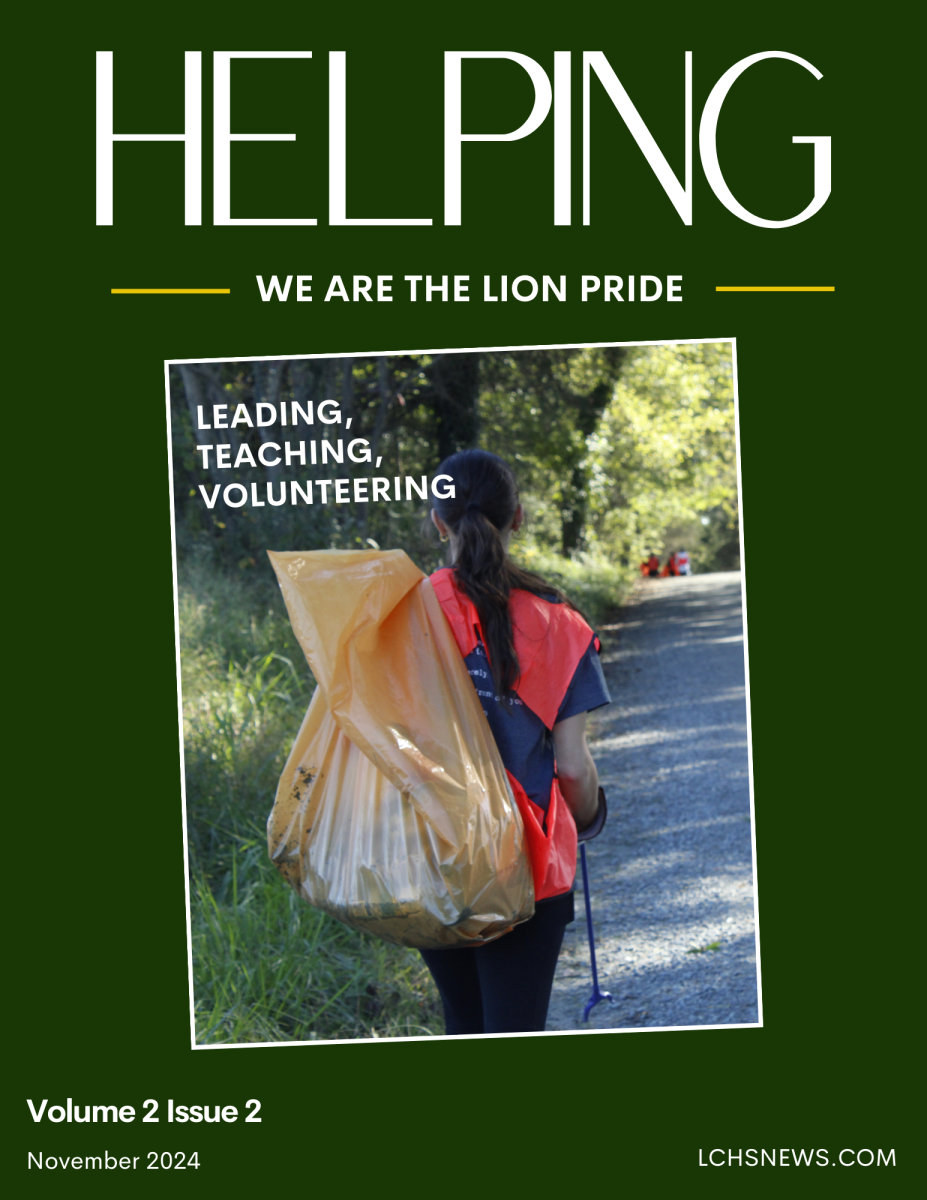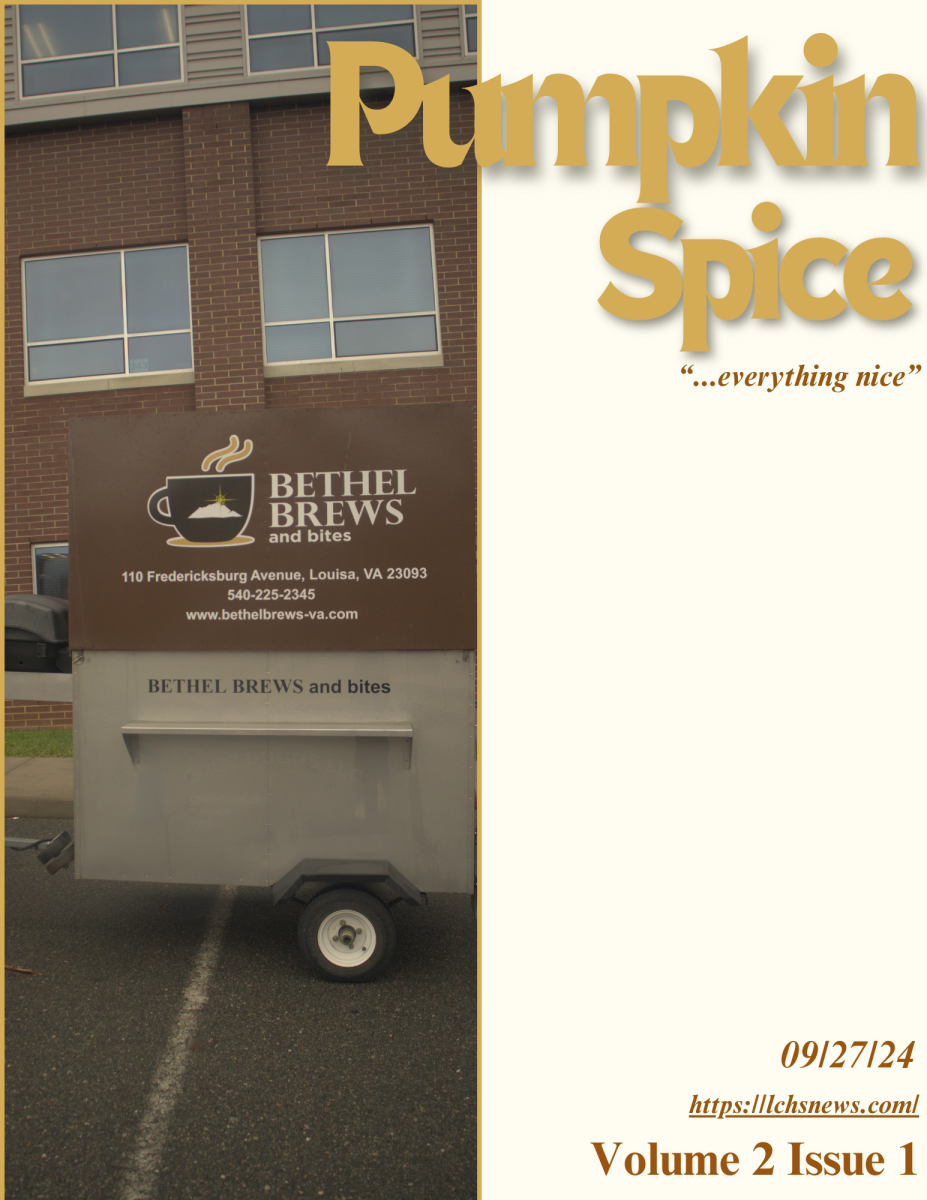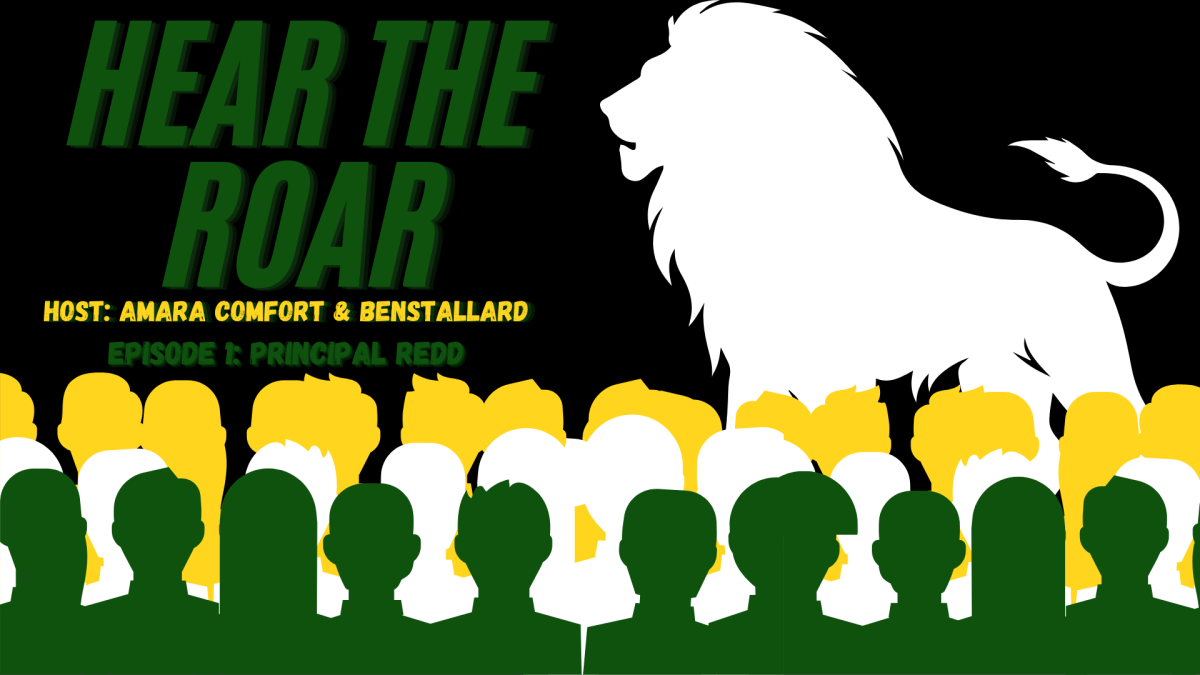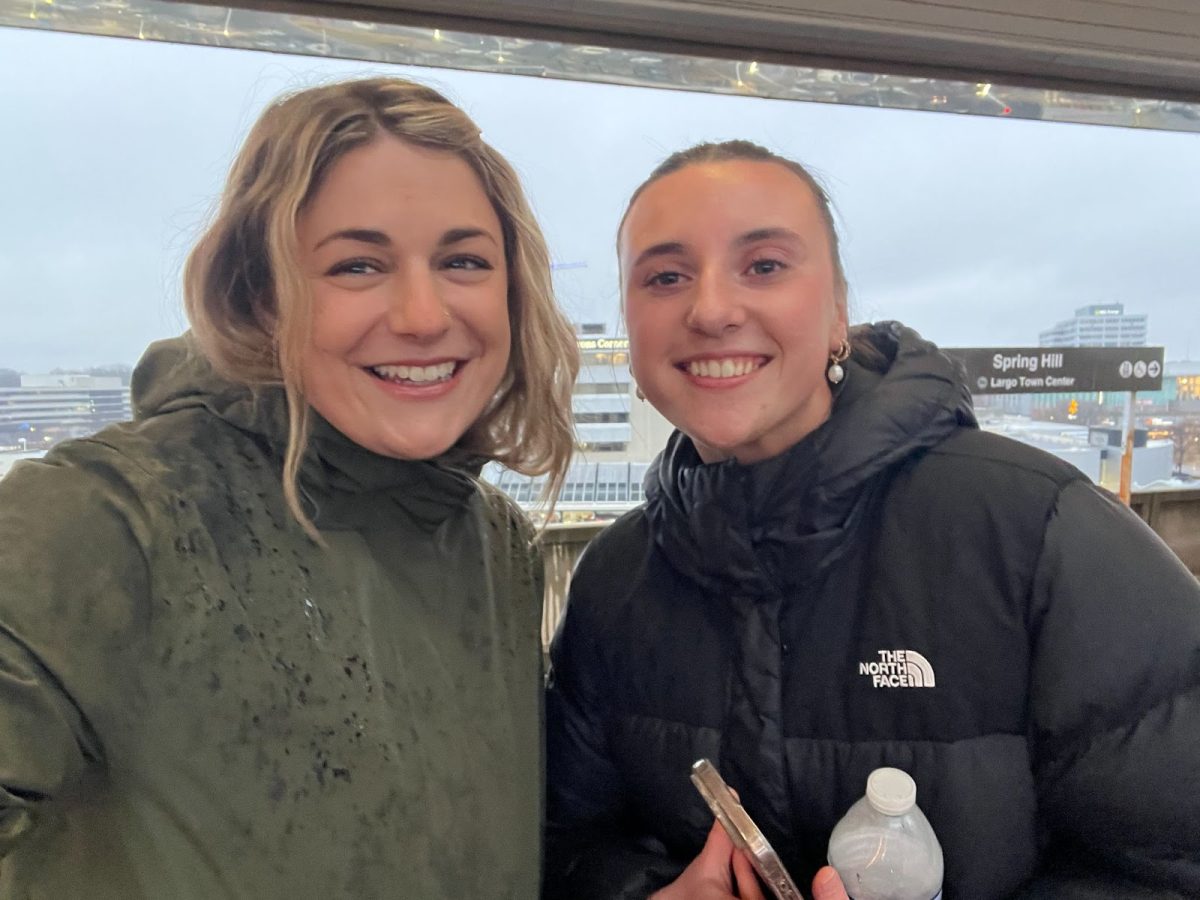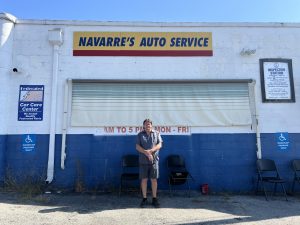Opinion: Gentrification
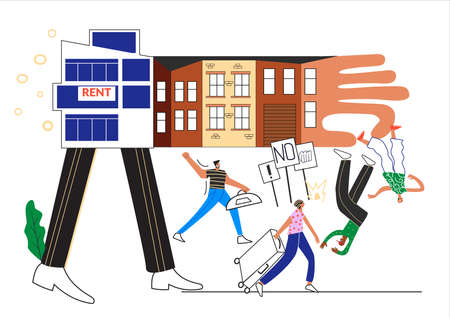
Described in a concise and easy sense, Gentrification is an American process that results in the rich and affluent moving into low-income areas.
March 15, 2022
There’s a new trend on the rise in Richmond, and it has nothing to do with clothing styles or the latest social media movement. In fact, the term used to describe the trend is one that most people are completely unfamiliar with: gentrification.
While it’s a term that most wouldn’t recognize, it’s one worth knowing if you are in close proximity to the Richmond area, because the fact of the matter is it could be headed your way, and soon.
So, let’s start with the definition. Described in a concise and easy sense, Gentrification is an American process that results in the rich and affluent moving into low-income areas. However, as this movement happens, it can also lead to members of the original community being forced to relocate or begin the struggle of finding a new home.
In more modern terms, Oxford Languages uses the following description for gentrification: “the process whereby the character of a poor urban area is changed by wealthier people moving in, improving housing, and attracting new businesses, typically displacing current inhabitants in the process.”
And while forced relocation can sometimes be a part of the gentrification process, the prospect for growth and development is one that is enticing for many major cities, which is where gentrification occurs most often. According to recent studies by Newser, cities such as San Francisco (18.5 percent of all tracts), Boston (21.3 percent of all tracts), and Denver (27 percent of all tracts) have the highest gentrification rating in the country.
For reference, Oxford Languages defines tracts as “an indefinite extent of an area,” a loosely defined term that gives cities a wide range of flexibility.
At a more local level, gentrification is seen most in the areas of Virginia Beach (17 percent of all tracts) and Richmond (17 percent of all tracts), per a study reported by VirginiaMercury.com. And especially in the Commonwealth, gentrification has become a matter of race just as much as it has become a matter of procedure.
Here’s why: studies from The Richmond Times Dispatch have shown that the Black community has fallen 45% in the Richmond area between 2006 and 2016, and the authors of the studies say gentrification is largely to blame. The reality is that over that ten-year period, many Black community members were pushed out of the areas they had lived for generations.
At the heart of the gentrification right now are the areas in and near the Virginia Commonwealth University campus. Unsurprisingly, residents of gentrifiable neighborhoods, such as the East End of Richmond, and city council member Allan-Charles Chipman, are opposed to gentrification.
Is the area affluent? Perhaps not. But the blame, they say, falls on the shoulders of VCU.
“We have to make sure VCU is paying their fair share of taxes on the land they are occupying and making sure they understand the obvious and detrimental evidence of their expansion in the city of Richmond,” Chipman said.
However, others disagree with Chipman’s assessment. Linwood Johnson, a college admissions officer at VCU, knows gentrification well. Over the years, he has had a front row view as heavily urbanized areas such as Hillside Court and Oak Grove have turned from run-down neighborhoods to a prospering area.
Though he admits gentrification has its pros and cons, Johnson said time has shown the value of the gentrification process in Richmond.
“It makes the area prosper and it brings healthiness to the community and its people.” Johnson said. “Yes, gentrification has its downs, but overall it can have its pros. It brings crime rates down, streets are cleaned up and looking nice, and overall has a very welcoming environment.”
As for Chipman’s assessment, Johnson thinks differently.
“If anything, VCU has brought so much to Richmond, including a young diverse community, life in Richmond and surrounding areas, and prosperity and hope to the area,” Johnson said.
Other local residents, such as new building owners or real estate agents, see gentrification as a way to clean up a city and make it prosper. Daphne Macdougall of ShawMcdougall Team-Joyner Fine Properties, believes that gentrification raises prosperity values in the city of Richmond and can effectively save old houses from being demolished.
“Gentrification is a plus for the city of Richmond because it increases prosperity values, which is good for the locality because they can collect more tax revenue. Macdougall said. “This theoretically means they can provide more services at a higher level because they have more money in their budget.”
The reality, though, is that gentrification is not a one-size-fits-all process, and its success largely depends on the unique circumstances and demographics of the city it is happening in. Gentrification can bring life and prosperity to an area, but the reality is that it can also diminish the original elements of a community and – at times – remove people from homes they have lived in for many years.
So it’s crucial that we all understand the power – and potential ramifications – of gentrification. It’s not just an issue for local leaders. It’s an issue for locals.




